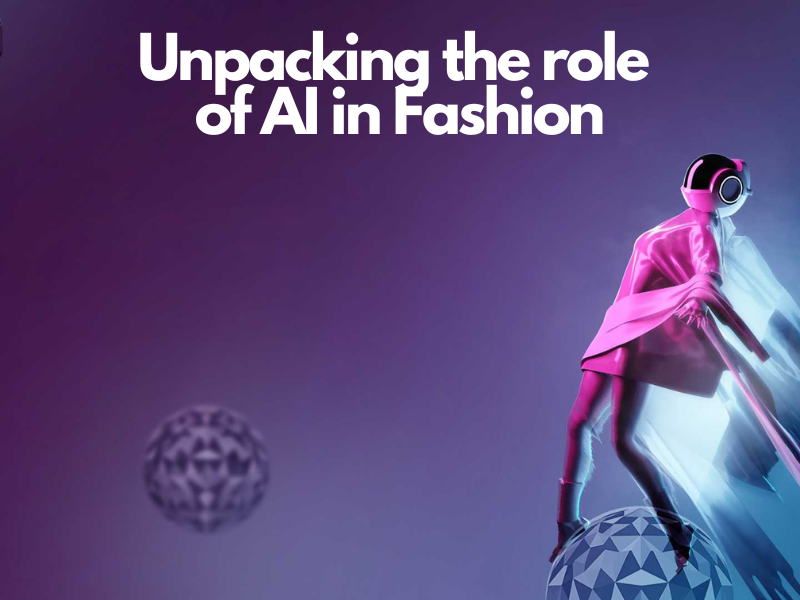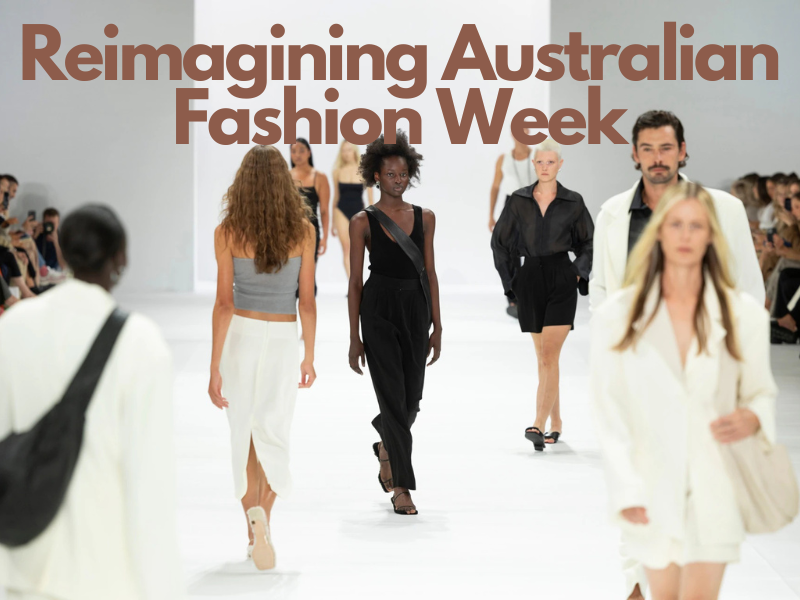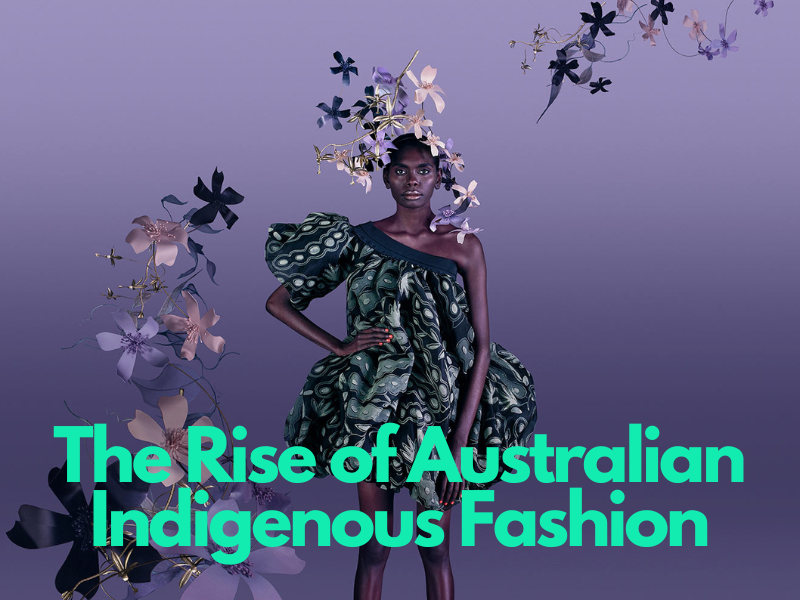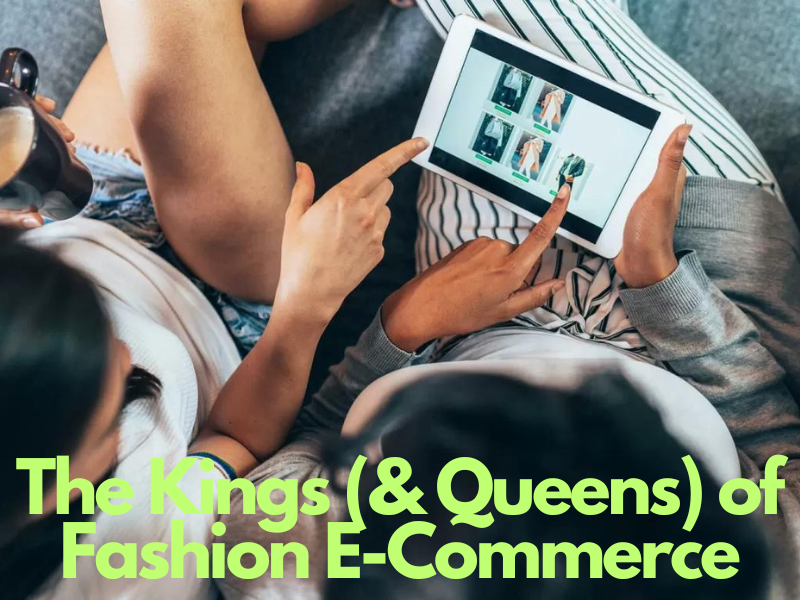The role of Web 3 in Fashion
There’s a lot of discussion about Web 3.0 and how it will impact fashion. Bur first: what is Web 3.0?
Web.1.0 commenced in 1989 and was the domain of read-only websites. Internet users were treated as consumers of content. Web 2.0 was a term coined in 2004 where the features included in this phase of web development included Blogs, Wikis and social networking.
Web 3.0 has been described as a ‘decentralized online ecosystem based on the blockchain.’ A blockchain, as its name implies, structures its data into chunks (blocks) that are strung together and makes an irreversible timeline of data when implemented in a decentralized nature.
Blockchain technology includes cryptocurrencies (such as Bitcoin and Etherium), initial coin offerings (ICO’s) and decentralised finance (defi). Other web elements that have started to emerge are:
DAOs - decentralised autonomous organisations
NFT’s - non fungible tokens (unique units of data stored on the blockchain)
The metaverse - a simulated digital environment using augmented reality.
So how will Web3 impact fashion?
A key principle to Web3 is decentralization: putting ownership in the hands of the creators instead of big companies. Web3 empowers creatives to own and monetize their work, allowing greater control.
Many designers are earning money by creating digital skins for games, creating collectibles and selling them as NFT’s or working for digital-only brands. Examples of these include the Web3 fashion ecosystem Digitalasx and Metafactory, a business based on 'digiphysical goods' that connect multiple worlds via NFTs, embedded microchips and more.
Anustha Kishor, a Graduate of the Fashion Futures course at the London College of Fashion, is excited about the future of digital fashion. Part of the benefits, she suggests, is the D&I aspect of Web 3. “Web3 just breaks that barrier completely, and as a Digital Fashion designer, you can literally have clients around the globe possibly even in the international space station; the possibility is really endless, so that’s that’s pretty exciting for me…”
Anustha feels that Blockchain Technology addresses some of the key challenges of the fashion industry, including sustainability across the design and construction process, as well as choice of materials.
Like to learn more? Janine, Amy and Natalie are interested to speak with fashion designers interested in moving towards the digital landscape.










